News Based on facts, either observed and verified directly by the reporter, or reported and verified from knowledgeable sources.
Press Release
Five Native American artists have recently been selected to receive $5,000 each for a new Indigenous Artist Growth & Development Fellowship
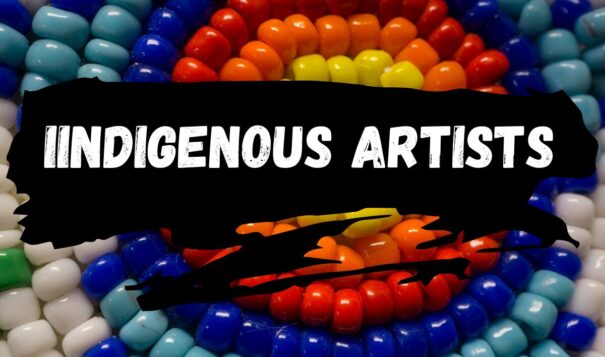 Canva Art
Canva Art
A partnership of the Sacred Pipe Resource Center (SPRC) and the North Dakota Council on the Arts (NDCA), the Fellowship was designed to assist Indigenous artists by providing support, guidance, and technical assistance over an 18-month period to Indigenous artists who live within North Dakota borders. Each of the five artists will receive $5,000 to cover technical assistance and consulting fees in focused areas to benefit their artistic work.
Cheryl Kary, Executive Director of SPRC, says she was pleased with the number and quality of applicants for this opportunity. “It was exciting to see so many Indigenous artists looking to elevate their art forms and business models and grow their work,” she said, “I didn’t envy the reviewer panel. There were some tough decisions that had to be made.”
Echoing that sentiment, NDCA Executive Director Kim Konikow says, “It was amazing to see how many Indigenous artists responded to this opportunity, thanks to the partnership with the Sacred Pipe Resource Center. Although the North Dakota Council on the Arts offers professional development grant opportunities, we don’t receive many Native applications. It has been a primary goal for the Agency to be more accessible to all.”
The partnership received over 22 applications and narrowed the selection to 14 applicants. A representative community-based panel then met and selected the five final artist recipients that will participate in the cohort over the next 18 months. Funds can be used for technical assistance, learning, and growth in areas such as marketing, financial portfolio development, exploring or establishing business models, working with a fiscal sponsor, or anything else considered a challenge or barrier to their development as an artist.
Kary says that the art forms of the artists represent the diversity of Native artists in North Dakota. “We were so pleased to see how many different art forms are being used across the State. It was everything from beadwork to painting to music to traditional forms like hide-tanning, as well as unconventional art such as tattooing and florals. This process has shown there is a great need for support for creative Natives,” she laughed.
The Fellows will finalize their growth and development plans over the next few months with technical assistance from the Sacred Pipe Resource Center’s Director of Arts Engagement and an artist herself, Shawna Fricke. The Fellows will each develop a capstone presentation detailing their learning to present at the end of the 18-month fellowship period. “I’m excited to help the artists develop their plans, watch them grow, and see the capstone presentations,” says Fricke, “Being a part of this growth is a privilege for us and we’re thankful for North Dakota Council on the Arts for partnering with us to help them see it come to life.”
The North Dakota artists awarded are Bill Brien, Bismarck ND; Maria Cree, Minot ND; Stuart James, Fort Totten ND; Frankie Jo Morin, Belcourt ND; and Melanie Schwab, Bismarck ND:
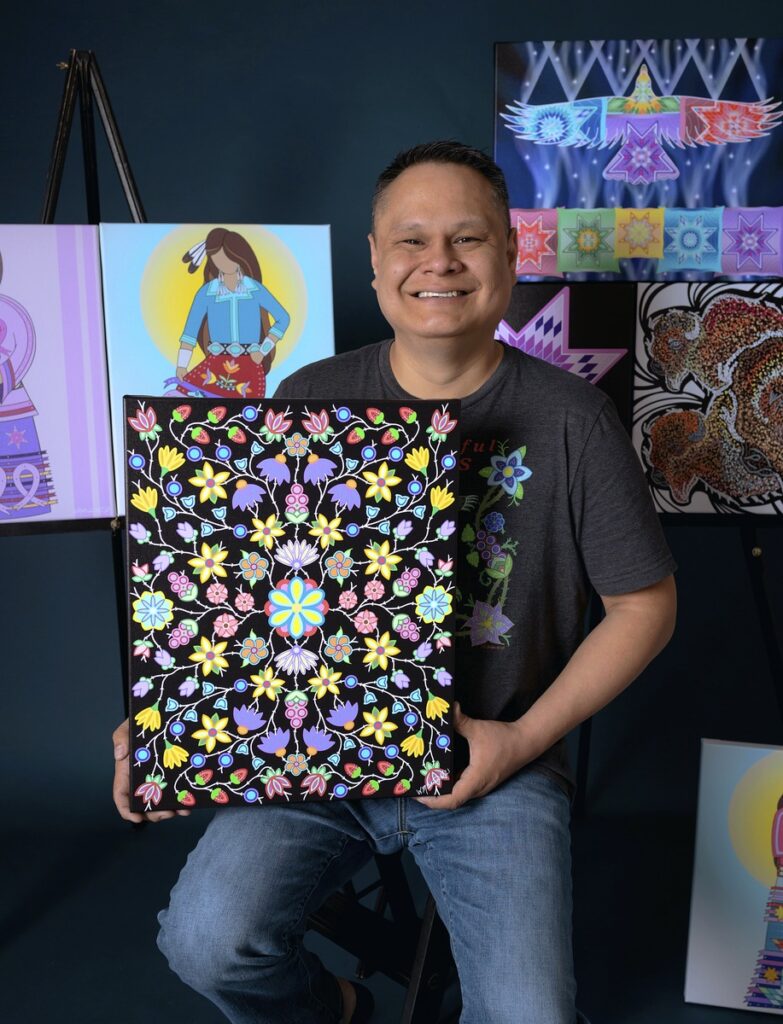
Bill Brien is a Lakota, Dakota, Chippewa, and Metis artist. Brien is an enrolled member of the Turtle Mountain Band of Chippewa in North Dakota. Brien is also from the Spirit Lake Dakota Nation. He lives and works in the Bismarck area. In 2016, Brien found his love and passion for art because of his wife, Geri. Geri was diagnosed with breast cancer in 2014. Geri fought the cancer with courage, hope, and love and that inspired Brien to share her story through art. Brien is a self-taught artist. He calls himself “a digital cell phone artist.” His chosen medium is digital art, using his cell phone as his canvas to create all his work.
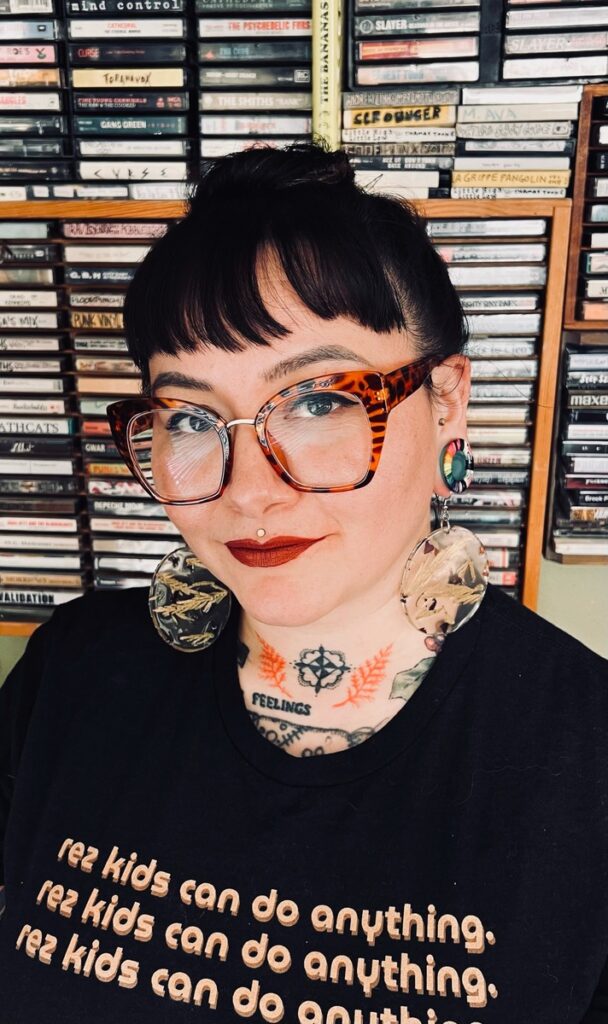
Maria Cree (Ozaawaabinesikwe/Yellow Bird Woman) is an enrolled member of the Turtle Mountain Band of Chippewa. She lives and works in the Minot area. Growing up on the pow-wow trail led to her love of beading, sewing, and making traditional regalia. She struggled through her teen years and turned to punk rock and dancing. This inspired her to become part of the Red Willow Collective, a group that helps facilitate all ages sober punk shows. Cree plays drums in a band and hosts summer programs to teach DIY music and art camps, combining both language and culture with alternative music and art.
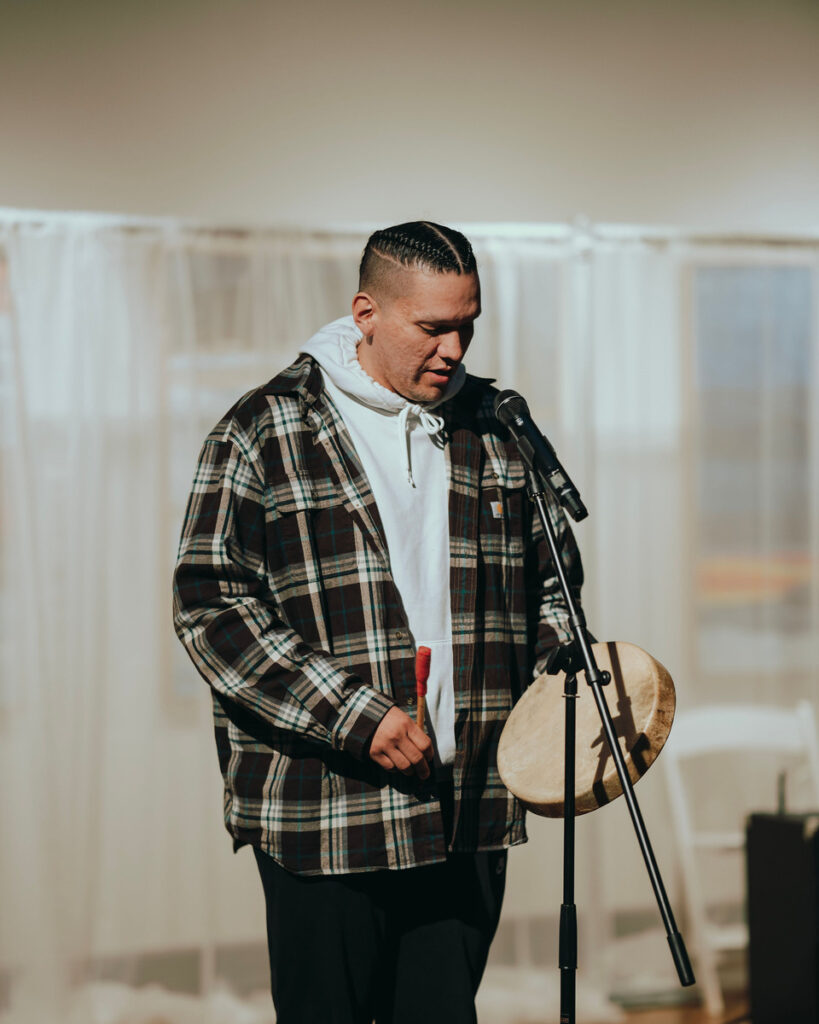
Stuart James was born and raised on the Spirit Lake reservation and continues his art journey there. Growing up, Stuart found solace in hip-hop music, drawn to its rhythm, poetry, and ability to tell stories. He began crafting his own rhymes rooted in the cultural values over modern beats and infusing his lyrics with messages of hope, cultural pride, and social justice. As a youth workshop facilitator, Stuart channels his passion for hip-hop into empowering the next generation. Through his workshops, he uses music as a tool for self-expression, self-discovery, and inspiring our native people to reclaim the power in our voices.
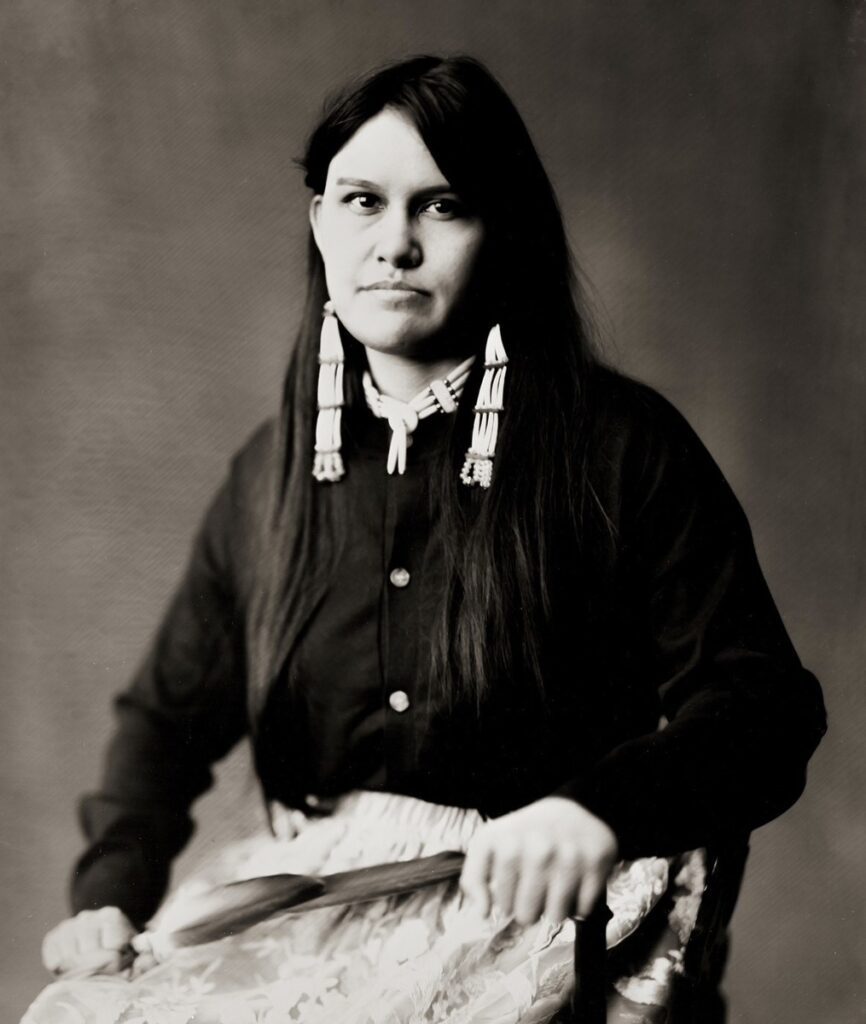
Frankie Jo Morin grew up in Belcourt, North Dakota, within the Turtle Mountain Band of Chippewa Indians Reservation where she continues to live and express herself through art. Interested in art and storytelling her entire life, she hopes to become a professional comic book artist, writer, animator, or storyboard artist. Inspired by animated and written stories, she’s self-taught in the arts of frame-by-frame 2D animation, comic book making, storyboarding, and illustration.

Melanie Schwab is a member of the Standing Rock Sioux Tribe. In 2014 she learned how to bead from her great aunt, D’Joyce Kitson and, combined with her love for hunting, learned additional ways to honor the sacrifice of the animals she hunts. Using a mixture of wood, bones, and natural fibers, she developed her own jewelry collection. She is learning traditional quillwork and how to create a traditional woman’s dress featuring hides and a fully beaded top. She plans to learn as many traditional practices as possible to pass down for generations.
For more information, contact Cheryl Kary at 701-663-3886 (day) 701-426-1315 (any) or cheryl@sacredpipe.net
Dateline:
BISMARCK, N.D.
